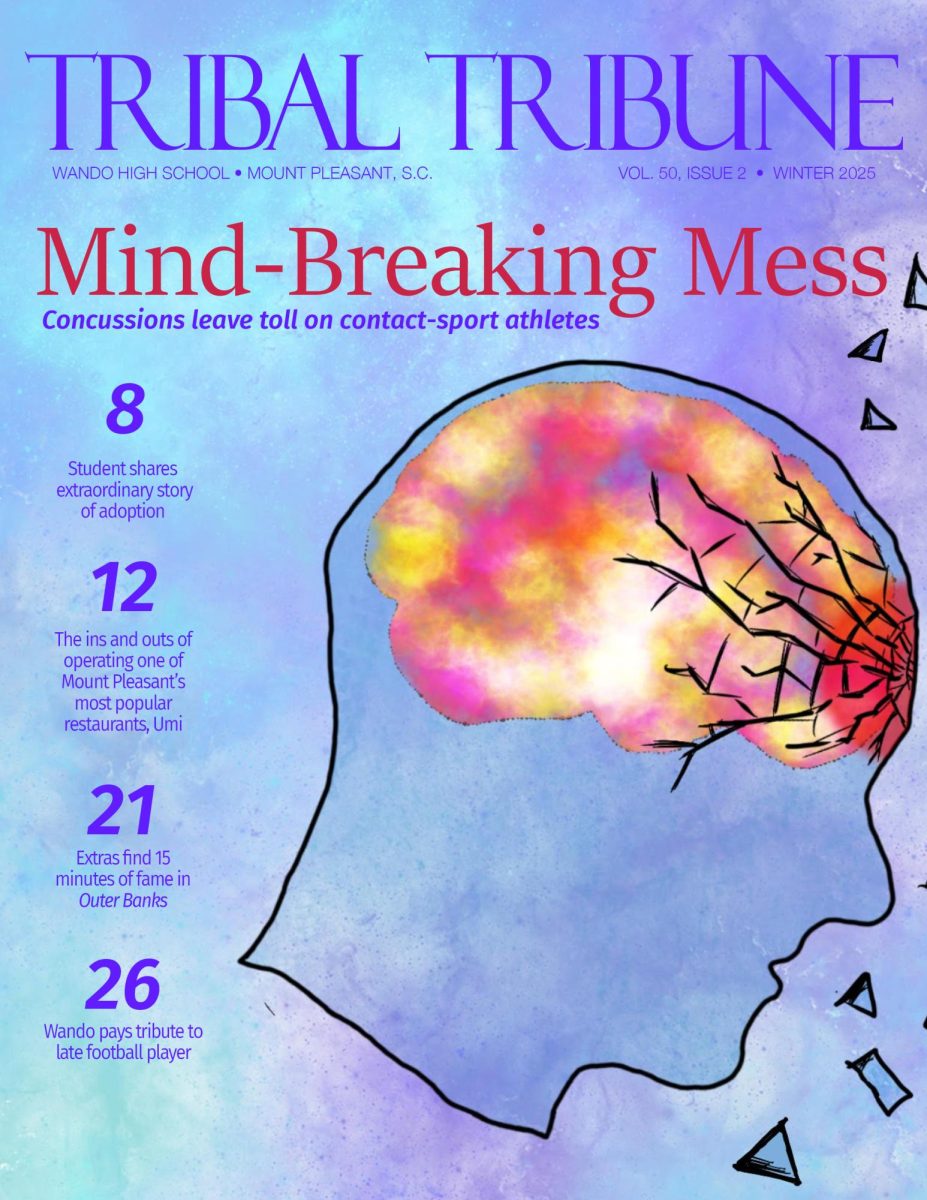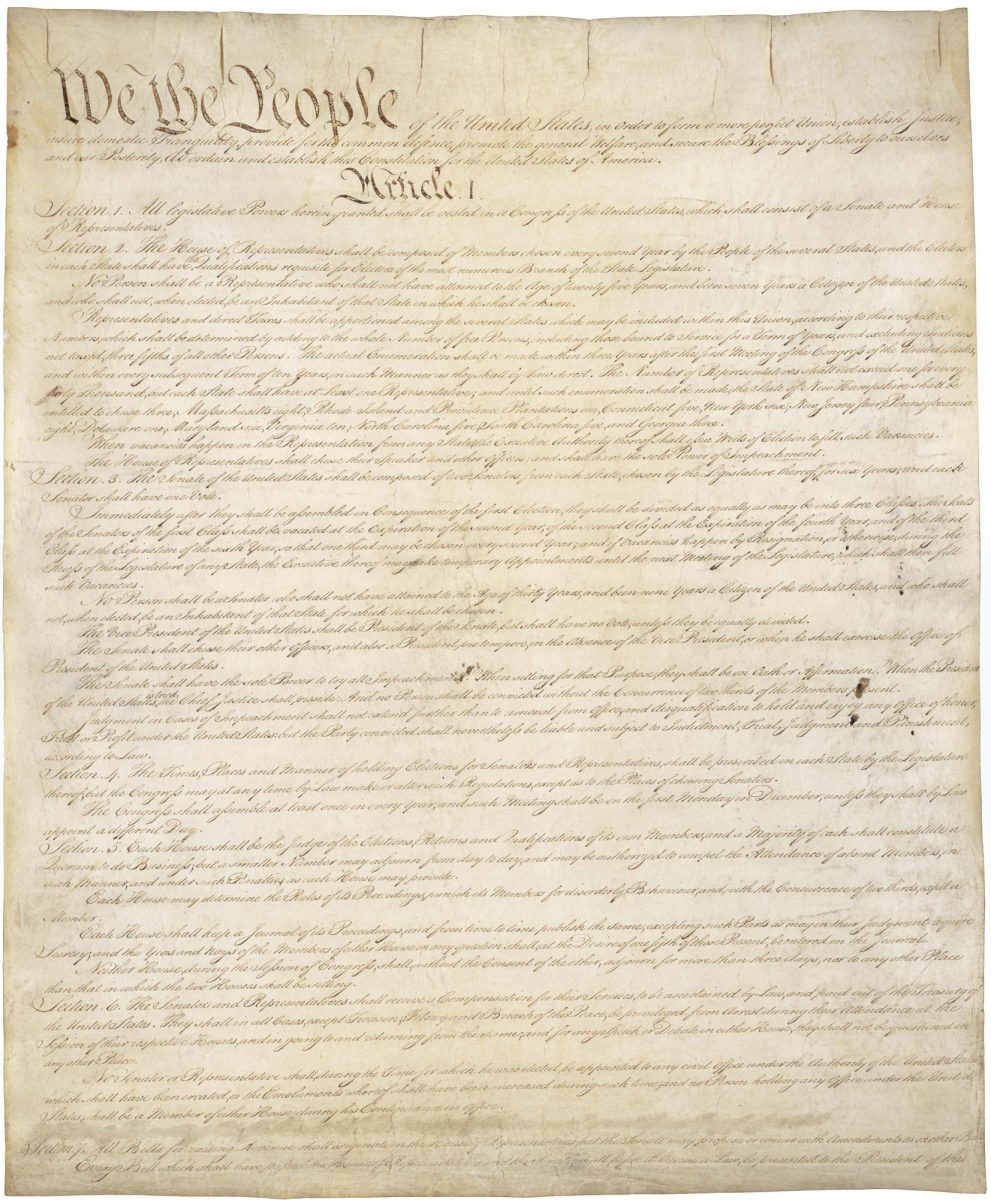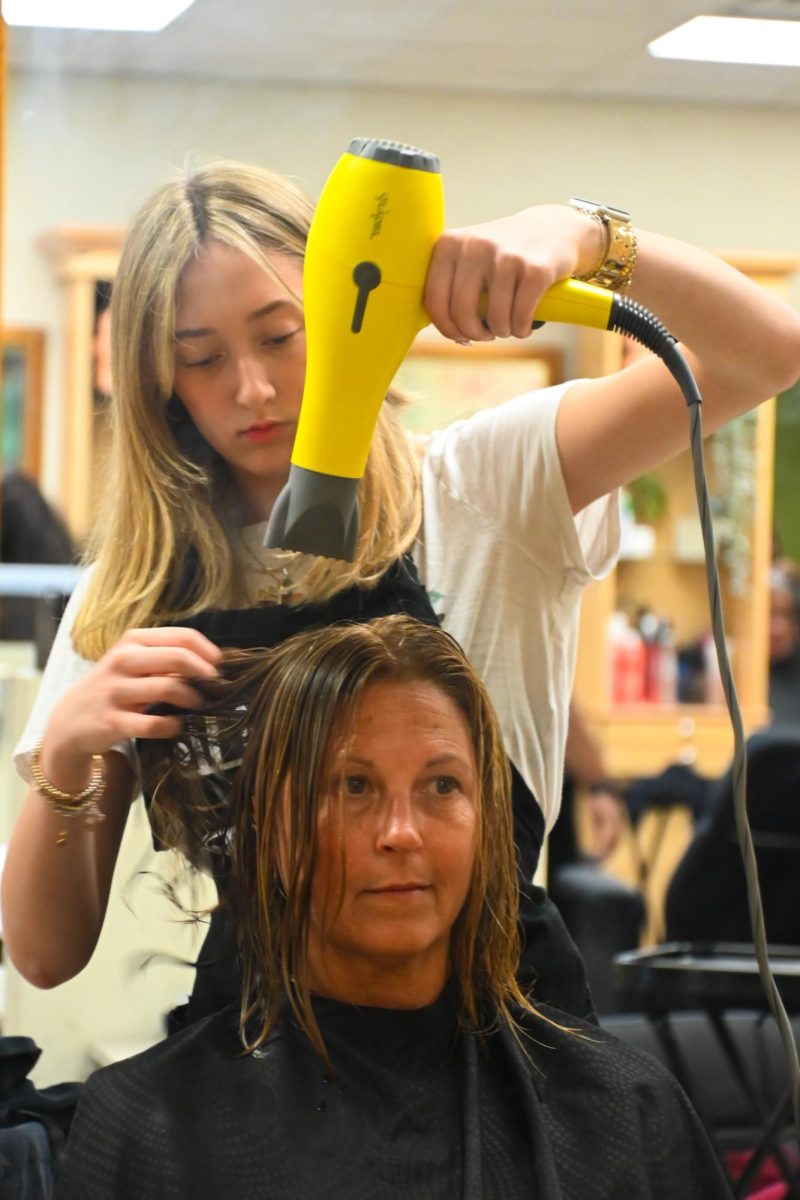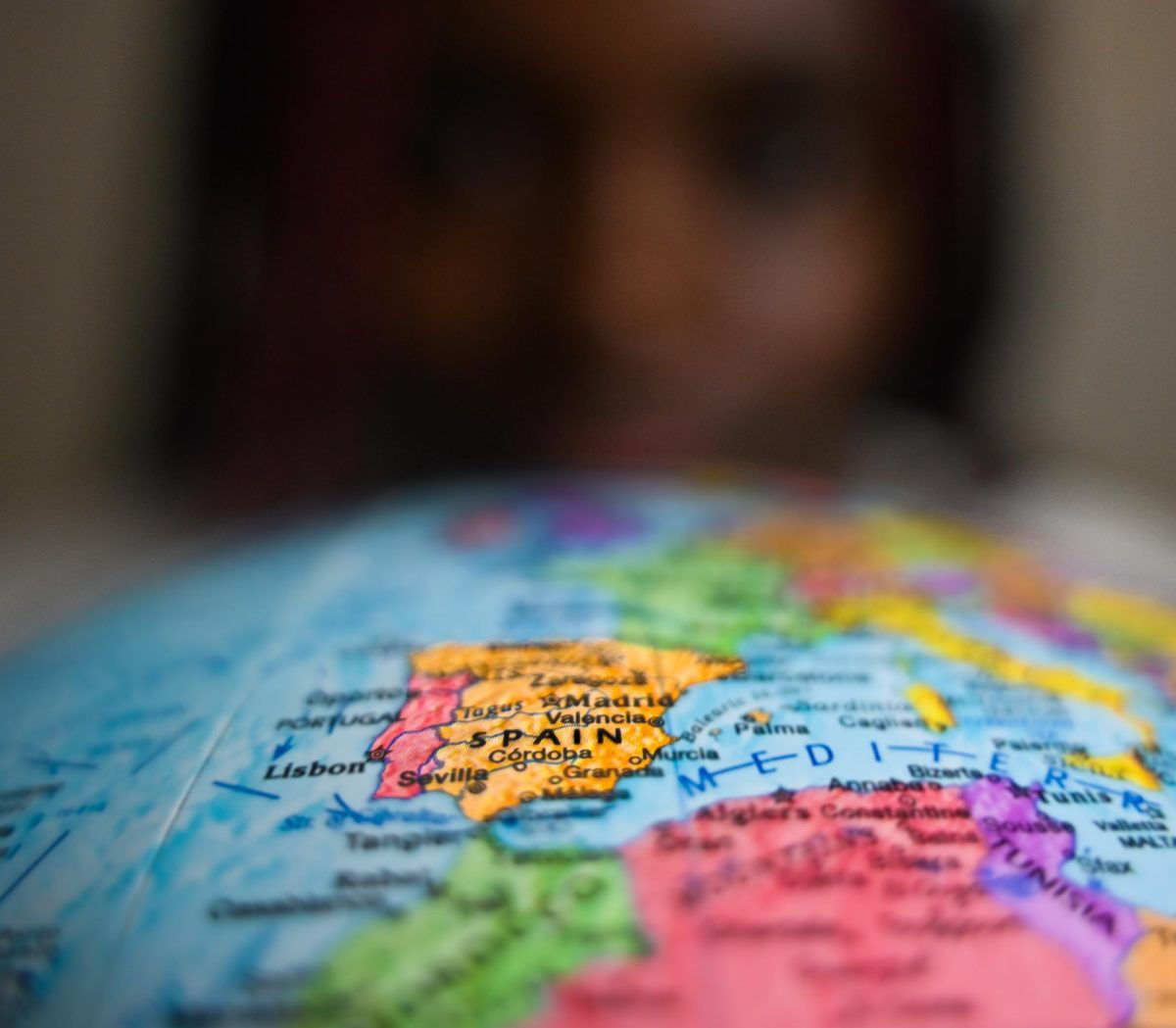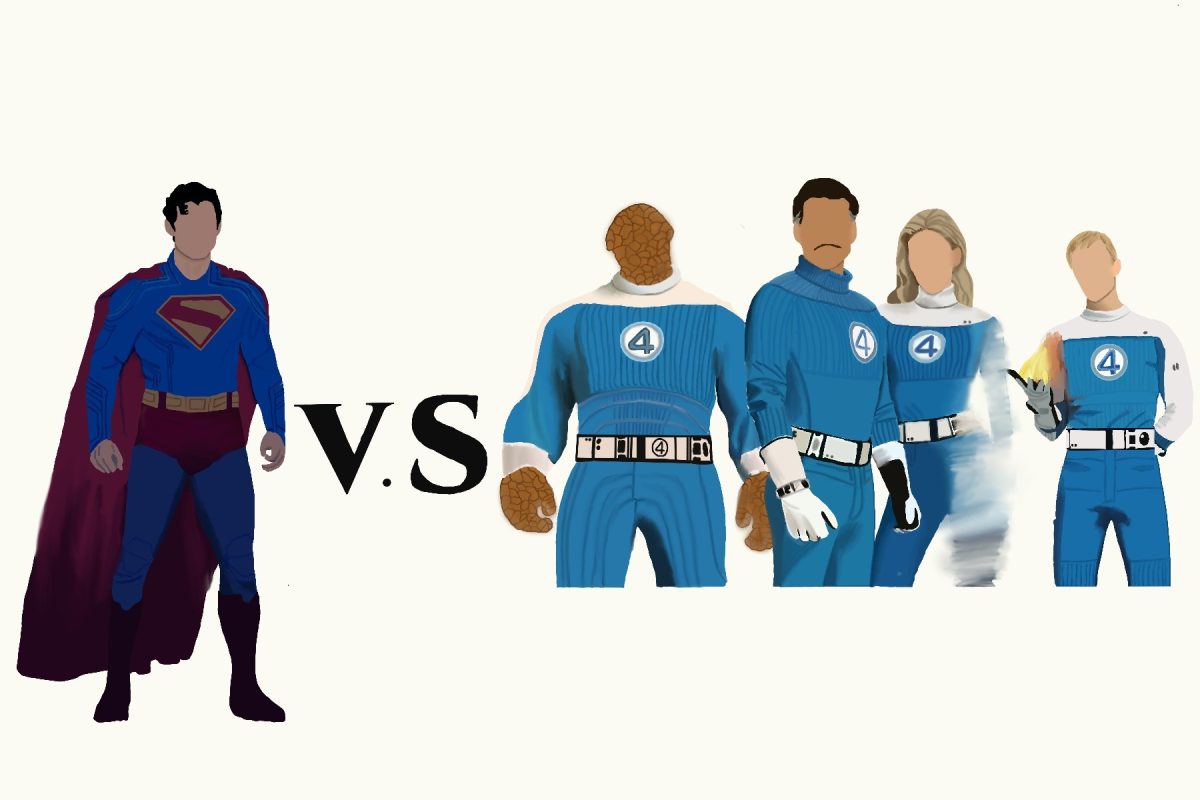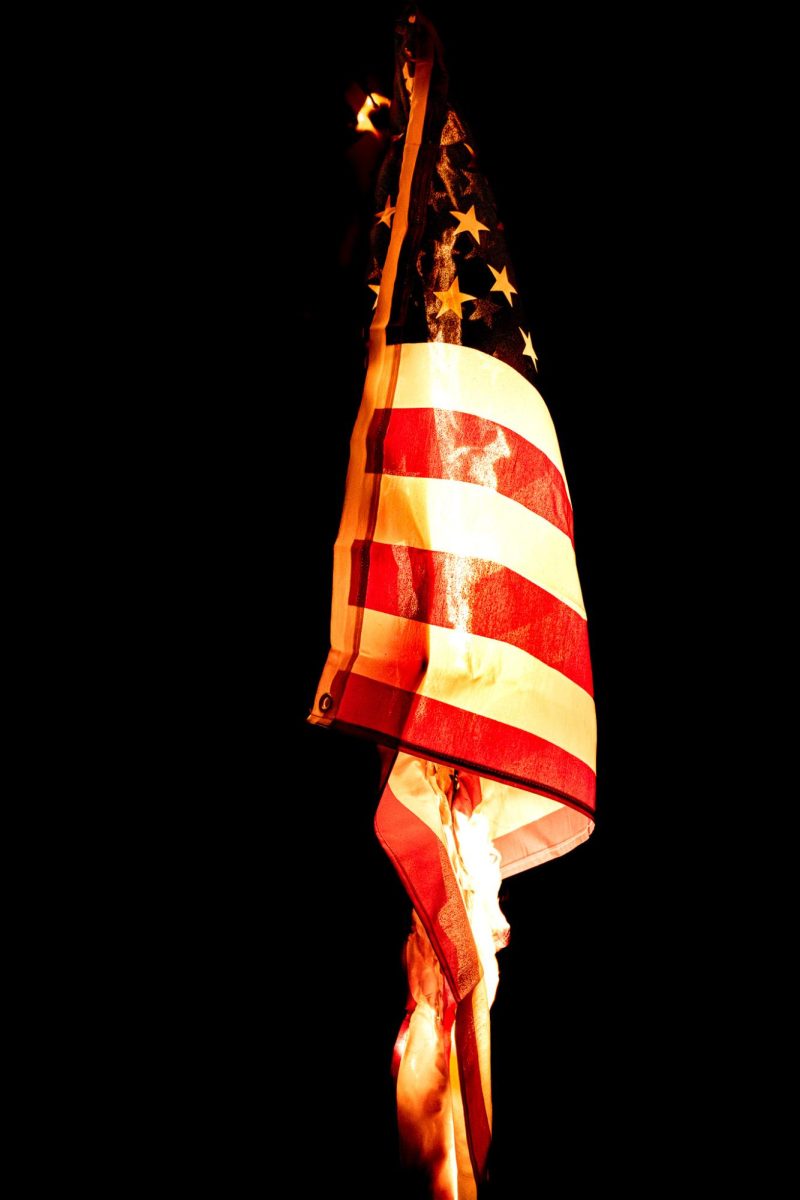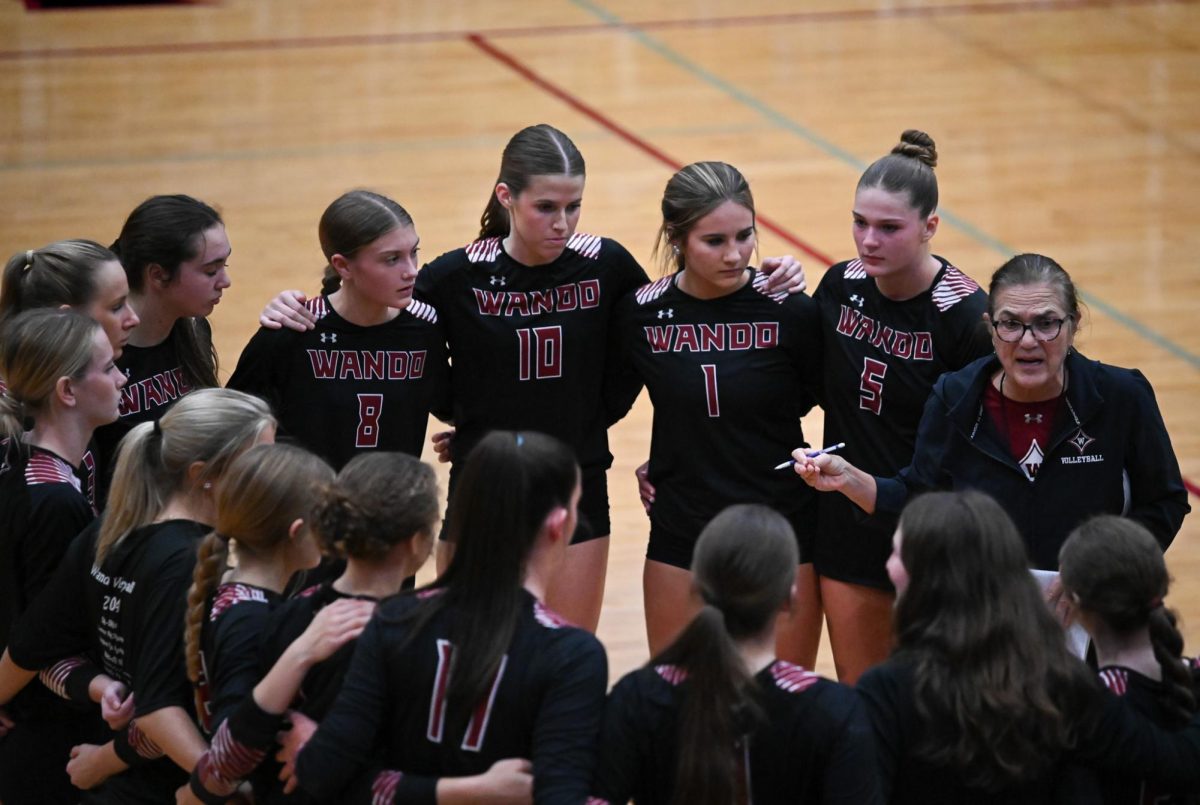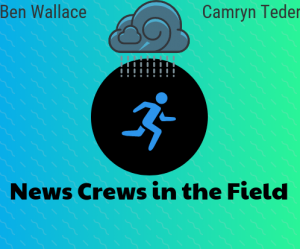The risks of first hand news reporting out weighs its rewards
Camryn Teder
September 29, 2018
The risk of sending weathermen to the scene of natural disasters outweighs its rewards. What is the purpose of newscasters going to the scene of natural disasters, other than endangering the lives of the weathermen and newscasters involved?
In the midst of a natural calamity, weather reporters often flock to the areas with the most extreme impacts. This intention to raise awareness for these disasters is actually more harmful than helpful, making viewers believe that the disaster’s extremity in one area is the norm. This causes unnecessary panic and unintentionally exaggerated news
reports.
The fact is that for most weather stations, sending weathermen to the scene of natural disasters is more for entertainment than to inform, provide evidence or empathy. These dire images of smaller storms make truly intense
disasters be taken less seriously.
Does sending weather reporters to the scene of natural disasters create sympathy for those who view it? Maybe, for the best of us. But truthfully, the majority of us would only truly care and be affected by the videos if it was our own town or people being affected. Instead of sending actual news reporters to account for disasters, why don’t news stations use cameras instead of reporters. This helps to avoid unnecessary panic and provide the most accurate report possible.



